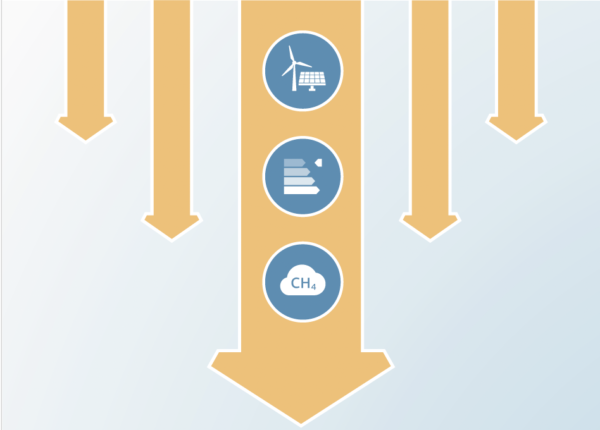Fossil gas: a bridge to nowhere
Authors
Share

The war in Ukraine and the on-going energy crisis have made it clear that a green energy transition is not only essential for avoiding the worst impacts of climate change. It is also a security matter. While there is growing consensus on the need for a power sector coal phase-out, fossil gas has largely flown under the radar.
This report assesses how fast fossil gas power generation must be phased out in different parts of the world to keep the Paris Agreement’s 1.5°C temperature goal in reach.The scenarios used here were developed before Russia’s invasion of Ukraine and the recent spike in oil and gas prices. Security and economic concerns may compel a faster phase-down of gas in some regions.
Key findings
Global gas phase-out dates
- Using global 1.5°C compatible pathways from the IPCC’s Special Report on 1.5°C (SR15), we find that unabated fossil gas power generation needs to be effectively phased out (with less than a 2.5% share of generation) by 2045in all regions of the world.
- The latest pathways assessed in the IPCC’s sixth assessment report (AR6) show an even earlier phase-out date, by around 2040. A rapid phase-out of fossil gas from the power sector is becoming both more urgent, due to rising emissions, and more feasible, due to the falling costs of renewables and storage.
- The decline in fossil gas power generation starts immediately in 1.5°C pathways. Fossil gas use falls to 15% of total global electricity generation by 2030, reaching very low levels by 2035 (below 10% in SR15 pathways, and lower in AR6 pathways).
- Comparing these results with the International Energy Agency’s (IEA) Net Zero Scenario gives a similar picture, with unabated fossil gas power generation dropping to 17% of total generation in 2030, and being phased out by 2050. It is worth noting that the IEA’s Net Zero Scenario deviates substantially from IPCC 1.5°C pathways when we look at fossil gas use beyond the power sector: the IEA Net Zero scenario has significantly higher total unabated gas consumption over the next decade, reflecting more conservative assumptions over the availability of low carbon alternatives for non-electricity fossil gas applications.
At the regional level
- Developed countries see a faster fossil gas phase-out in SR15 pathways, with gas power generation falling below 10% of total electricity generation by 2030, to be effectively phased out by 2035.
- For developing countries, the pace varies between regions, but on average the share of fossil gas power generation falls below 10% by 2035 and is phased out by 2045 in SR15 pathways. However, our preliminary analysis of AR6 scenarios at the global level suggests that a faster phase-out is both cost-effective and necessary.
- Fossil gas cannot have a role as a transition fuel in the power sector. The fossil gas phase-out date occurs at most 5-10 years after the coal phase-out date in both developed and developing economies. Given the dramatic plummet in the cost of renewable energy, investing in new fossil gas power generation in the 2020s carries the risk of creating stranded assets.













